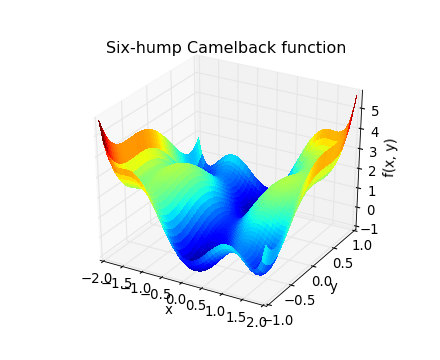

#We can also find derivatives in similar way Print("\nIntegrating the polynomial: \n") #How about integration, we just have to call a function # Notice how easy it is to read the polynomial this way # Creating a simple polynomial object using coefficients # We'll use some functions from numpy remember!! We can install SciPy packages simply by using pip, run the following command in terminal (add sudo if you have to): We’ll discuss some basic functions and important features of SciPy but before let’s install SciPy. Since SciPy is open source, developers across the world can contribute to the development of additional modules which is much beneficial for scientific applications using SciPy. In addition to mathematical algorithms in SciPy, everything from classes and web and database subroutines to parallel programming is available to Python programmer, making it easier and faster to develop sophisticated and specialized applications. SciPy provides high-level commands and classes for data-manipulation and data-visualization, which increases the power of an interactive Python session by significant order.



 0 kommentar(er)
0 kommentar(er)
